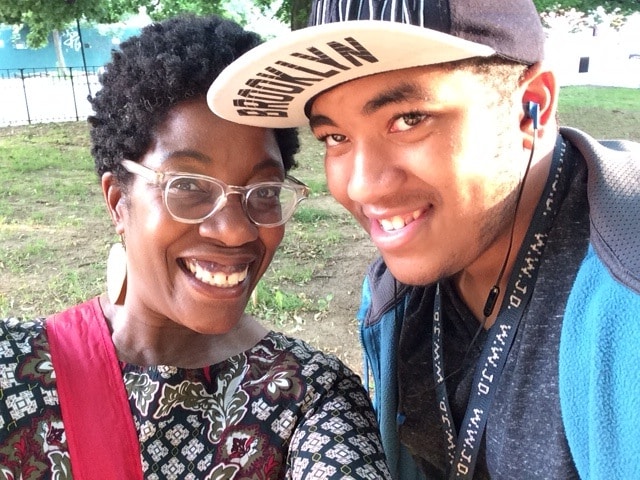(WOMENSENEWS)–While her upper class contemporaries languished in Newport or batted badminton birdies around manicured lawns, Alice Fletcher (1838-1923) spent the summers from 1889 to 1892 among the Nez Perce tribe in northern Idaho. Probably the first American woman anthropologist, Fletcher had turned to the study of “native” cultures when she was 40 years old and determined to “make something of herself.” She was apparently influenced by her friends in the women’s rights movement such as Susan B. Anthony, a founder of the National Women’s Suffrage Association, and her studies with Frederic Ward Putnam, director of Harvard’s Peabody Museum of Archaeology and Ethnology. By 1889, she was also a veteran of long residences among Native Americans of the Great Plains, where she had meticulously studied what we now call folklore: the songs, dances, ceremonies, traditions and symbols of those cultures.
Fletcher, like many reformers, believed that “helping” Native Americans, whom she often referred to as her children, meant encouraging their nations to assimilate into the emerging culture of the United States, which she thought of as “progress.” She had been instrumental in the passage of the Dawes Act of 1887, which divided once-communal tribal lands among individual native owners. The U.S. government sent her to the Nez Perce reservation as its agent, to parcel out the land. With her went Jane Gay, an old school friend who would remain Fletcher’s partner for the rest of her life. Gay learned photography in order to capture the culture and wrote letters home sardonically detailing the “blessings of civilization” being brought to a reluctant people.
In the early 1930’s, another female anthropologist traveled to Idaho. Margaret Mead reported back that Fletcher’s work had transformed a living culture into a shrunken one enveloped in the depressing “atmosphere of the Indian agency.” Still, Mead’s very studies, and her legitimacy in carrying them out, owed much to the pioneering of Alice Fletcher.
Louise Bernikow is the author of nine books, including “The American Women’s Almanac.” She takes her women’s history slide show to communities and campuses all over the country.


